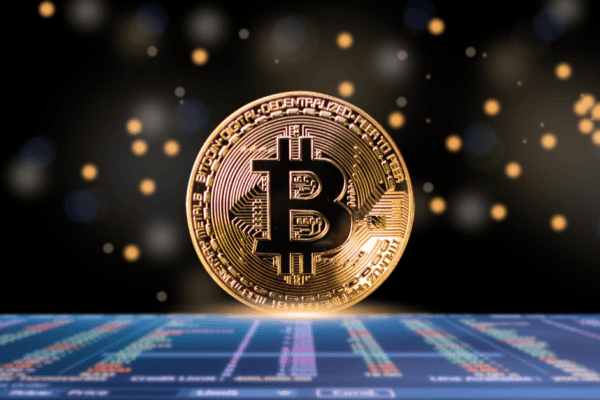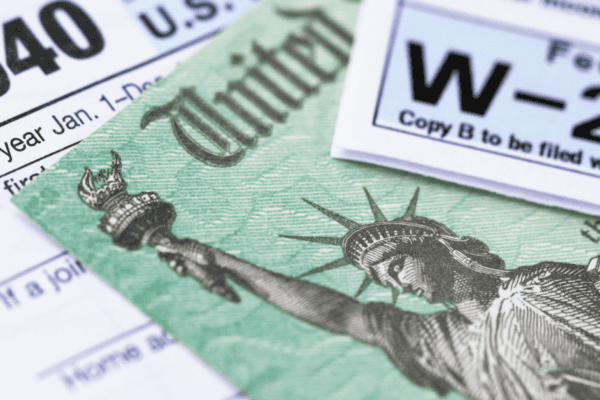Some of you might be feeling anxious and uncertain because of the Coronavirus and its potential impact on the stock market. It is normal to feel this way. Unfortunately, this type of market decline is not unusual. Historically, there is a 10% market decline every 18 months. And nearly half of those declines turn into a 20% loss (about once every 3.5 years, believe it or not). However, there is a bright side. Despite these frequent losses, historically, the stock market has averaged gains of about 10% a year since the 1920s.
With the Coronavirus driving this most recent sell-off, let’s take a closer look at what’s happening now.
What do we know?
As of 2/26/2020, approximately 82,000 cases of the Coronavirus (also known as COVID-19) have been confirmed worldwide. The vast majority of cases (approximately 78,000) are within China. There have been 2,810 confirmed deaths, with 94% of those deaths occurring in the Hubei region. A vaccine has been developed and is now being tested. However, it will not be ready for distribution for approximately 12-18 months, even if successful.
Over the past several days, worries over the virus have cut approximately $2 trillion in market value from US companies. Concerns over supply chain disruption, tourism, and consumer spending are the main drivers of the losses. While major stock markets were down 4-7% over the two-day sell-off, bonds increased in value. Hence the reason Greenspring has used bonds in your portfolio, specifically for times like these. Diversified portfolios saw much more muted losses as a result.
What don’t we know?
There is still much we don’t know about COVID-19. Probably the two largest components to determine the impact of the virus are yet to be determined. First is the reproduction number. This represents how many people someone infected may, in turn, infect. If it is less than 1, the virus will die out; if it is much larger, it may spread more rapidly. The numbers have varied quite a bit, but current estimates are between 2 and 3. This means that, on average, a person infected with COVID-19 will pass the virus on to 2-3 more people. If this proves to be true, COVID-19 is about as contagious as the seasonal flu.
The second component of measuring the virus impact is the fatality rate. The overall fatality rate in China is 2.3%, but that may be somewhat misleading. In Hubei, where the virus originated, and nearly all the deaths have occurred, the fatality rate is 2.9%. In the remaining cases in China, the death rate is just 0.4%. Just to put that number in comparison, the seasonal flu has a fatality rate of 0.1%, and the SARS outbreak in 2003 had a fatality rate of 10%. It is difficult to determine the fatality rate because, to date, more than 80% of confirmed COVID-19 cases are not severe. That means many people infected may not be getting tested and therefore, only the most severe cases may be getting measured. One of the downsides of most infected experiencing very mild symptoms is that it may make the virus harder to contain as those without severe symptoms may continue to contact others.
Finally, we don’t know what the economic impact will be. The market is obviously pricing in some significant disruption. That may prove to be accurate, but we won’t know until more information becomes available.
What should we do about it?
Greenspring believes that markets are extremely efficient. Nothing about this current sell-off has changed our view on that belief. Buyers and sellers of stocks are coming together in the market every day to trade at mutually agreed-upon prices. For every seller who thinks a stock is too high, a buyer has an alternative viewpoint. This is why it is so difficult to beat the market by timing when to get in and out. You have to know more than the people you are trading against and traders in the market today have the same information you and I have.
For most of us, we need our money to last for decades, not months, so balancing safety with growth is essential. With that being said, here are some things Greenspring is recommending or doing right now:
A portfolio rebalances– We don’t know when the bottom will come, but rebalancing into some of the worst-performing asset classes (buying low) can work to your advantage over time. Greenspring is monitoring every client portfolio and doing this when it is advantageous.
Tax-loss harvest– If you have an investment worth less than what you paid for it, you can sell it and reinvest the proceeds into a similar investment. By doing this, you maintain exposure to the asset class AND realize a loss for tax purposes. This can be used to offset income (up to $3,000) and future capital gains you may realize in the future.
Continue to dollar-cost average– If you contribute to a retirement plan or a taxable investment account via monthly contributions, you are now buying shares at much lower prices. One of the best strategies to recover from downturns is to continue to invest through it, thereby lowering your cost basis and time to recover.
Revisit your risk tolerance, and your financial plan- There are two questions to consider. First, can you handle the volatility your portfolio is experiencing right now? And second, do the current changes in value impact your financial plan? Greenspring is prepared to help if you are unsure of the answer.
Consider refinancing– Because of the flight towards safety, interest rates have plummeted to all-time lows. If you have a high-interest rate debt or a mortgage, it may be worth reviewing your current rate versus what is available today. Again, please contact us if you’d like us to analyze your options.
Finally, this is not the first pandemic we have experienced, and it likely won’t be the last. In every prior case, the market has experienced disruption, then gone on to perform higher highs. It isn’t easy to see how this event will be different. The numbers may change, and it may be more or less severe than prior episodes, but the world is not ending. Humans will continue to innovate, making life better in the future with new goods and services we can’t even imagine today. That also means, over the long term, companies will generate wealth for their owners. When we look at the stock market (S&P 500), $1 invested in 1926 has grown to over $7,000 through 2019. We experienced a great depression, high inflation, multiple wars, countless economic and political scandals, and the occasional pandemic during this period. We continue to believe staying the course for long-term investors is the best strategy.



